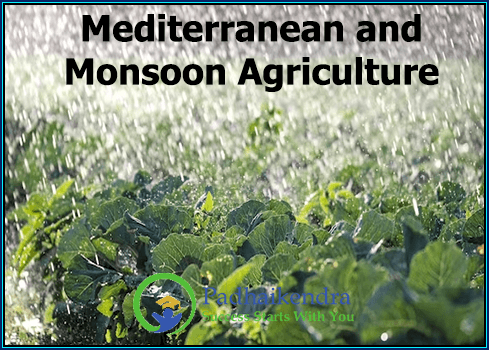Mediterranean agriculture and Monsoon agriculture are two distinct types of farming practices that have developed in different parts of the world. While they share some similarities, there are also significant differences between the two.
Similarities:
- Both Mediterranean and Monsoon agriculture rely on seasonal rains for crop cultivation.
- Both types of agriculture are characterized by dry periods followed by periods of heavy rainfall, which can lead to soil erosion and other environmental challenges.
- Both Mediterranean and Monsoon agriculture utilize irrigation systems to supplement rainfall during dry periods.
- Both types of agriculture have traditionally relied on manual labor and hand tools rather than mechanized farming techniques.
Differences:
- Geographic region: Mediterranean agriculture is mainly found in the Mediterranean Basin, while Monsoon agriculture is common in South Asia and Southeast Asia.
- Climate: Mediterranean agriculture is characterized by a mild, wet winter and a hot, dry summer, while Monsoon agriculture experiences heavy rainfall during the summer monsoon season.
- Crops: Mediterranean agriculture is known for its cultivation of crops such as grapes, olives, and wheat, while Monsoon agriculture is characterized by rice, tea, and spices.
- Soil: The soil in Mediterranean regions is often dry and rocky, while Monsoon regions have fertile soils that can be easily irrigated.
- Irrigation: Mediterranean agriculture often relies on irrigation techniques that prioritize water conservation due to the scarcity of water, while Monsoon agriculture has access to abundant water during the monsoon season.
In conclusion, while both Mediterranean and Monsoon agriculture share some similarities, the differences in climate, crops, soil, and irrigation practices make them distinct from each other.





